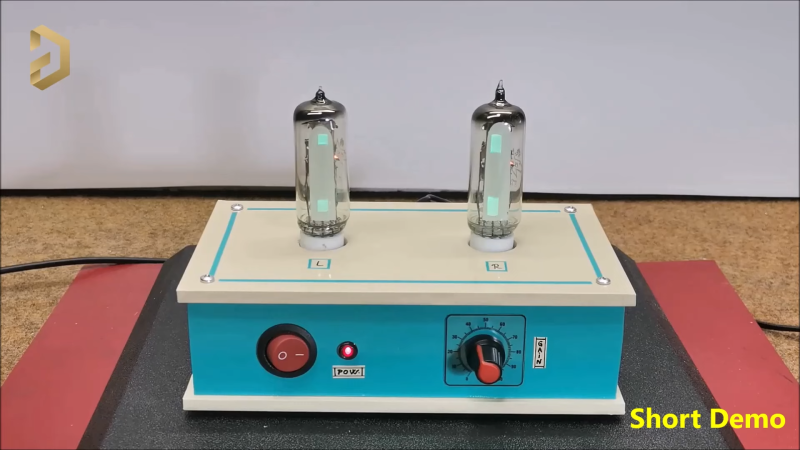Volume unit (VU) meters are cool — it’s an undeniable fact. For some reason, humans just dig lights that flash along with sounds. You can build a VU meter using LEDs, or bulbs if you’re trapped in 1972. Or, you could use special vacuum tubes. [mircemk] did just that in their latest VU meter project.
The 6E2 vacuum tube is the part for the job in this case. You might think a specialist tube like this is expensive, but they can be had for just a few dollars from online retailers. They were often used as tuning indicators, but here, they’re used as a responsive VU meter instead. However, instead of a single bar going up and down, you get a pair of bars that raise to meet in the middle.
[mircemk] explains all the circuitry required to drive the tubes, and how to hook them up to create a two-channel stereo VU meter. The final circuit largely relies on a transistor, a diode, some passive components, and a DC-DC boost supply to generate 250 V for the tubes.
The final result looks pretty neat, particularly as it’s built into an old-school blue project box. We’ve seen similar projects from [mircemk] before, too.
















The blue “project box” is actually hand built for each of these projects. It’s PVC foamboard glued together IIRC :)
It might just be me but I look at all these projects that feature exposed valves and think that gizmo’s life is ending when it unexpectedly meets the floor a second or two after someone trips on the power cord.
If you don’t take tubes into consideration, this type of construction is actually very rugged. And if these particular tubes are cheap, a close encounter with the floor doesn’t have to be the end of its life
Back in the 70’s my dad used to make VU meters like this using large “cats eye” tubes Unsure where he got them because I’ve never seen any others that big. I still have one of his VU meters although it needs to be re-capped. There is no legible part numbers on the tubes.
Magic-eye tubes?
https://en.wikipedia.org/wiki/Magic_eye_tube